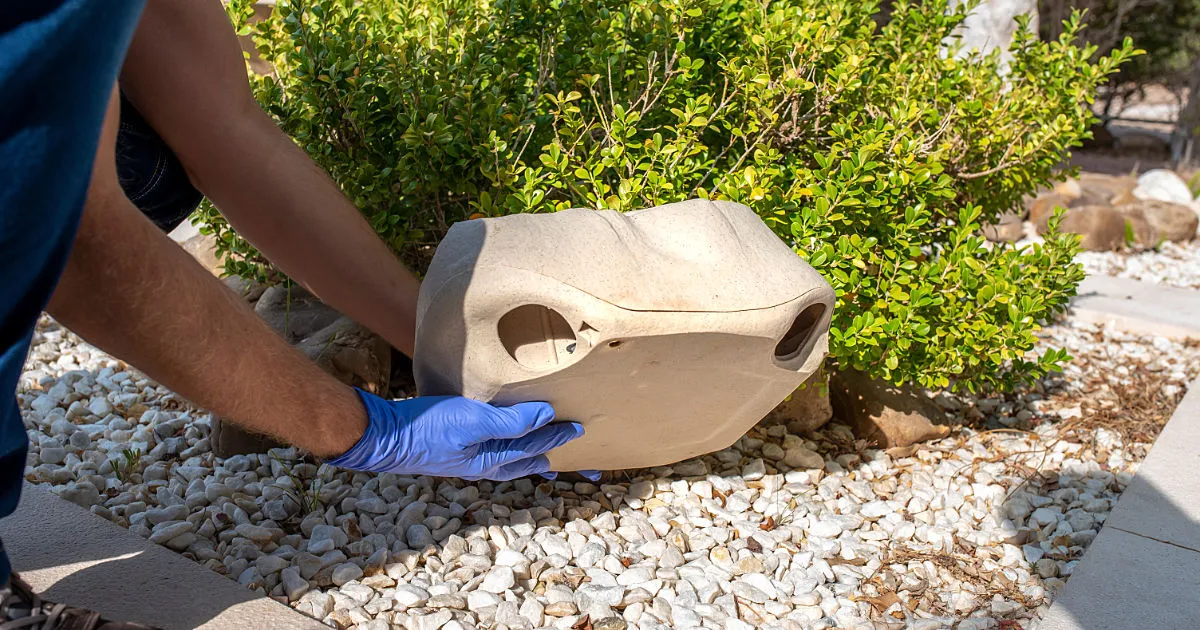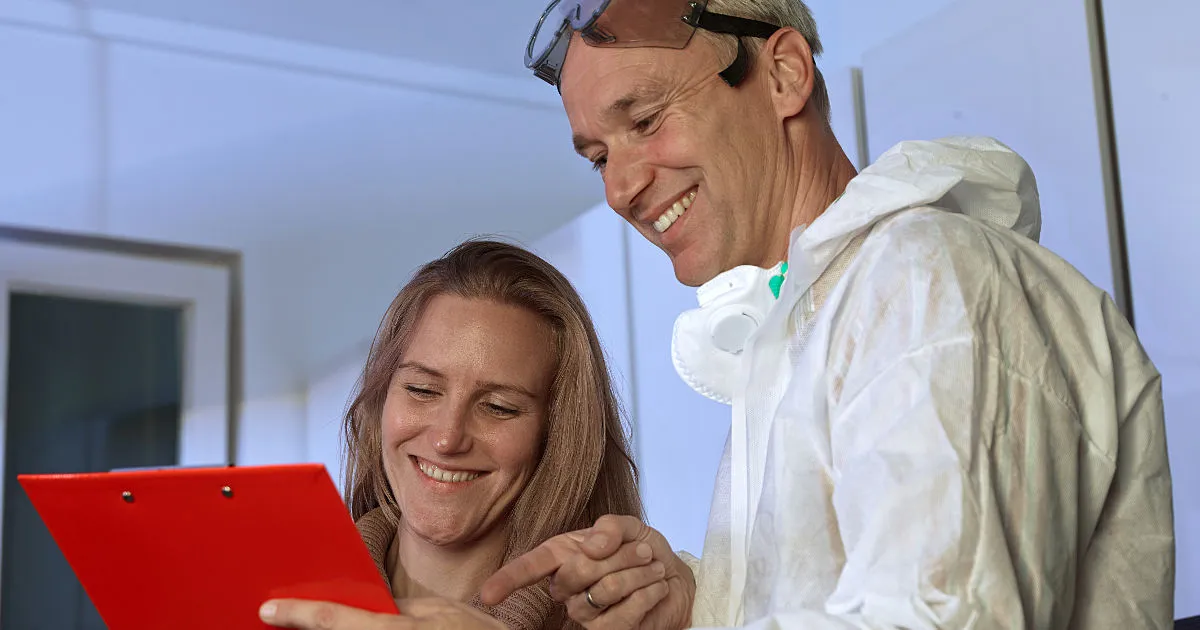- 1300 007 308
- info@ridapest.com.au
- Open 24 hours, 7 Days a week
Integrating Pest Management and Precision Pest Management
Back to BlogTable of Contents
Integrating Pest Management and Precision Pest Management: A Comprehensive Approach to Pest Control
Pest control is an essential aspect of maintaining a healthy and safe environment. Traditionally pest control methods often relied on the use of harmful chemicals that have negative impacts on the environment and our health. Over the last 30 years, there has been a growing interest in alternative pest control methods that are more sustainable and effective. Two such methods are Integrated Pest Management (IPM) and Precision Pest Management (PPM).

Integrated Pest Management (IPM)
IPM can be defined as a philosophy that guides its users to utilize the best tools as appropriate for each situation. This holistic approach focuses on prevention of pest problems before they occur. It involves a combination of strategies that aim to reduce pest numbers while minimizing the use of pesticides. The key aspects of IPM are:
- Monitoring/ Inspections: Regular monitoring/ inspections of pest populations allow the technician to address potential problems before they become severe.
- Prevention: Implementing measures to prevent pest infestations, such as sealing cracks and crevices, removing food and water sources, and maintaining a dry and clean environment.
- Control: Using a combination of non-chemical and chemical methods to control pest populations, such as trapping, baiting, and the targeted use of pesticides.
- Evaluation: Regular evaluation of the effectiveness of pest control measures to make adjustments as needed.
Strategies from IPM do not strictly apply to every situation, meaning that there are no one-size-fits-all solutions. Regarding the control options, it is noteworthy the importance of not only knowing each tool but knowing how to use them.
| Method | Description | Benefits |
|---|---|---|
| Cultural methods | These methods involve managing the environment to make it less favorable for pests. For example, rotating stored goods & products, proper exclussion, setting higher levels of hygine & sanitation can all help to reduce pest populations. | Reduces pesticide use, protects beneficial insects, saves money, is more sustainable. |
| Biological control | This method uses natural enemies of pests, such as predators, parasites, and pathogens, to control pest populations. | Reduces pesticide use, protects beneficial insects, is more sustainable. |
| Chemical control | This method uses pesticides to kill pests. However, pesticides are used as a last resort in IPM, and they are only used when other methods are not effective or practical. | Can be effective in controlling pests, but can also be harmful to human health and the environment. |
| Monitoring | This method involves regularly monitoring pest populations to track their numbers and activity. This information is used to determine when and if pest control measures are needed. | Helps to ensure that pest control measures are only used when necessary, which can save money and reduce the environmental impact of pest control. |

Precision Pest Management (PPM)
PPM is a far more advanced and targeted approach to pest control that uses technology to identify and treat specific pest problems. Through the use of sensors, cameras, and other tools we are able collect data on pest populations and identify the most effective treatment options. The key components of PPM include:
- Monitoring: Using advanced technology to monitor pest populations and identify specific problem areas.
- Analysis: Analyzing data to identify the most effective treatment options, such as the use of pheromone traps or targeted pesticide applications.
- Treatment: Implementing targeted treatments to control pest populations while minimizing the use of pesticides.
- Evaluation: Regular evaluation of the effectiveness of pest control measures to make adjustments as needed.
PPM is a highly effective approach to pest control that reduces the use of pesticides and minimizes the impact on the environment and human health.
| Method | Description | Benefits |
|---|---|---|
| Data collection | Collecting data on pest populations, their behavior, and their environment. This data can be used to identify pest problems early and to develop targeted control strategies. | Can help to prevent pest problems, reduce the use of pesticides, and protect beneficial insects. |
| Sensing technologies | Using sensors to monitor pest populations and their environment. This can help to track pest populations in real time and to identify areas that are at risk of pest infestation. | Can help to prevent pest problems, reduce the use of pesticides, and protect beneficial insects. |
| Analysis and sharing of data | Sharing data across different organizations and stakeholders. This can help to improve the understanding of pest problems and to develop more effective control strategies. | Can help to prevent pest problems, reduce the use of pesticides, and protect beneficial insects. |
Integrating IPM and PPM throughout Cairns & Cape York
While IPM and PPM are both effective approaches to pest control, they are even more effective when used together. By combining the holistic approach of IPM with the technological & targeted approach of PPM, allows us to deliver results at a flat rate price from Cairns to Cooktown.

The integration of IPM and PPM involves:
- Regular monitoring of pest populations using advanced technology
- Analysis of data to identify potential pest problems and the most effective treatment options.
- Implementation of a combination of non-chemical and targeted chemical treatments to control pest populations.
- Regular evaluation of the effectiveness of pest control measures to make adjustments as needed.
By integrating IPM and PPM, we at Ridapest Pest Control Cairns can create a comprehensive pest control plan that is tailored to the specific needs of each property. This approach reduces the use of pesticides, minimizes our impact on the environment, human health, and provides long-term pest control solutions.
Conclusion
Pest control is essential to maintaining a healthy and safe environment. However, traditional pest control methods are outdated and have negative impacts on the environment and human health. By integrating the holistic approach from IPM and the technology from PPM, we at Ridapest Pest Control have created comprehensive pest control plans that are both sustainable and effective. This approach reduces the use of pesticides, minimizes the impact on the environment and human health, and provides long-term pest control solutions.
Dive Deeper into Cairns Pest Management:
- 🦟 Ready to reclaim your outdoor space? Discover effective strategies in Australian Mosquito Prevention and Control and enjoy Cairns’ tropical beauty without the constant buzz of these pesky insects.
- 🐝 Buzzing with curiosity about stinging insects? Explore Australian Wasp and Bee Species and learn how to coexist peacefully with these pollinators while ensuring your Cairns home remains sting-free.
Frequently Asked Questions
What is Integrated Pest Management (IPM), and how does it work?
IPM is a holistic approach to pest control that focuses on preventing pest problems before they occur. It involves regular monitoring/inspections of pest populations, implementing measures to prevent pest infestations, using a combination of non-chemical and chemical methods to control pest populations, and regular evaluation of the effectiveness of pest control measures to make adjustments as needed.
What is Precision Pest Management (PPM), and how does it differ from IPM?
PPM is a more targeted approach to pest control that uses advanced technology to identify and treat specific pest problems. It involves using sensors, cameras, and other tools to monitor pest populations and identify the most effective treatment options. PPM focuses more on analysis of data to identify the most effective treatment options, such as pheromone traps or targeted pesticide applications, rather than prevention and evaluation.
What are the key components of a comprehensive approach to pest control?
A comprehensive approach includes both IPM and PPM components. Regular monitoring of pest populations using advanced technology, analysis of data to identify potential pest problems and the most effective treatment options, implementation of a combination of non-chemical and targeted chemical treatments to control pest populations, and regular evaluation of the effectiveness of pest control measures to make adjustments as needed.
Why is it important to reduce the use of pesticides in pest control?
Traditional pest control methods often rely on the use of harmful chemicals that can have negative impacts on the environment and human health. By reducing the use of pesticides, we can minimize the impact on the environment and human health.
What are the benefits of integrating IPM and PPM in pest control?
By combining the holistic approach of IPM with the technological and targeted approach of PPM, we can create a comprehensive pest control plan that is tailored to the specific needs of each property. This approach reduces the use of pesticides, minimizes the impact on the environment and human health, and provides long-term pest control solutions that are sustainable and effective.

Or Mathias
Passionate owner of Ridapest Termite & Pest Control in Cairns, Australia, leveraging over five years of industry experience to provide pet and family-friendly pest control solutions. Known for his dedication to customer satisfaction and environmental safety, Or has grown Ridapest into a leading service, setting new standards in pest control while keeping homes and businesses safe.
